Santa Barbara and the New Deal
WPA’s New Deal Continues to Pay Off Today
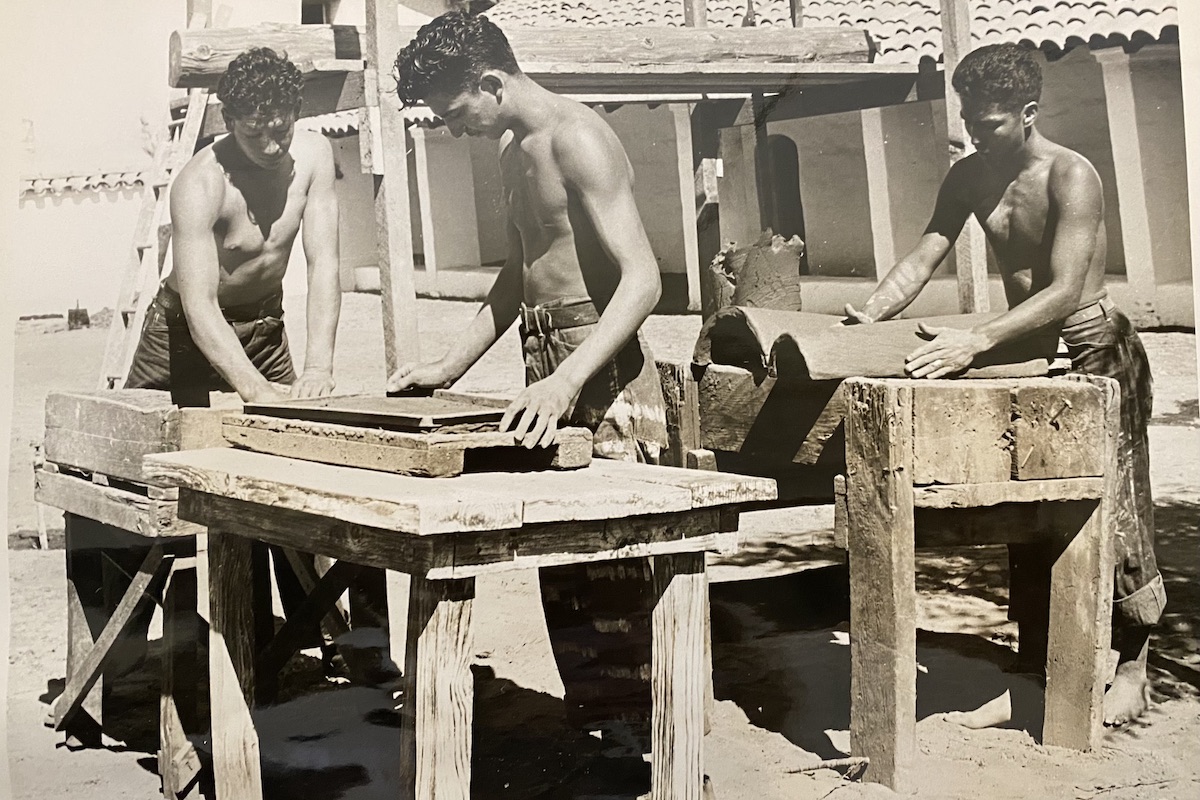
In the depths of the Great Depression of the 1930s, Santa Barbara was a small town of about 30,000 residents. Although economic conditions at the time were not as dire as in many parts of the country, newspaper publisher Thomas M. Storke used his personal connections and political savvy to obtain some $20 million in federal investments. He shrugged off the massive rewards for his lobbying efforts, noting, “I reasoned this way: The funds having been appropriated, would have been spent somewhere, so why not go after Santa Barbara’s share?” Santa Barbara invested perhaps more than their fair share of federal dollars in a variety of ways.
Individuals who feared the wolf was at the door had the opportunity to work thanks to a variety of New Deal investments during these tough economic times. Infrastructure projects of the Works Projects Administration (WPA) and the Civilian Conservation Corps employed laborers, while the Federal Writers’ and Arts Projects employed writers, actors, artists, and musicians.
Infrastructure
The list of New Deal– and WPA-funded buildings is long and varied. It includes the Santa Barbara Bowl; the rebuilding of the Sheffield Reservoir, which was destroyed during the 1925 earthquake; upgrades to Laguna Park Ball Park (designed by architect Winsor Soule and sadly demolished in 1970 to make way for a parking lot); Los Baños Pool and Bathhouse; the Armory on Canon Perdido and the Naval Reserve Armory that now houses the Maritime Museum; and the striking hybrid Art-Deco/Spanish Colonial Revival downtown Post Office designed by architect Reginald Johnson with its bas-relief artwork funded by the Treasury Department. A bit farther from town, the Civilian Conservation Corps built Los Prietos Boys Camp in the Los Padres National Forest, and restored and rebuilt La Purisima Mission in Lompoc.
Literature
One of the primary tasks of the Federal Writers’ Project was to create a series of guidebooks to great places in the nation that comprised the American Guide series. These books were intended to define and describe the land, people, and culture of America. Santa Barbara was among the handful of cities awarded a contract, resulting in the book Santa Barbara: A Guide to the Channel City and its Environs. Published in 1941, it presents “a well-rounded picture of Santa Barbara,” a volume they hoped would be “authentic in the minds of the pioneers and their descendants, from the pages of which schoolchildren may learn, and which visitors may use as a guide in passing through.”
It might be dated, but if our schoolchildren had the opportunity to use this book as an introduction to Santa Barbara today, they would surely gain a greater understanding of its cultural and natural history, geography and the spirit of this place.


WPA Back to School posters | Credit: Courtesy
Art
Some lucky students do have the opportunity to learn from New Deal–era artifacts without even opening a book. At Santa Barbara High School, two huge murals are displayed at the entrance of the main building. Created by artist Campbell Grant, they depict the founding of North and South America. The murals have been restored by the Santa Barbara High School Alumni Association. Grant went on to become an expert in Chumash rock art and taught at Cate School.

The sports-themed mural in the library of Santa Barbara Junior High School was created by regional artist Douglass Parshall in 1934 as an homage to the 1932 Los Angeles Olympics. The artwork was restored in 2011 by the Pearl Chase Society. Parshall, son of noted artist DeWitt Parshall, supervised the local Federal Art Project and went on to become a prolific and highly regarded artist.

On an individual level, the WPA fulfilled the promise of its first administrator, Harry Hopkins, who declared, “Give a man a dole, and you save his body and destroy his spirit. Give him a job, and you save both body and spirit.”
In its lasting contributions to communities across the country — including Santa Barbara — the New Deal’s WPA has left a legacy of triumph over tough times.
Cheri Rae is a longtime neighborhood advocate and the author of A String of Pearls: Pearl Chase of Santa Barbara. She is a board member of the Pearl Chase Society, and the longtime editor of the society’s newsletter “The Capital,” where this article first appeared. Email Cheri at pcs@pearlchasesociety.org or visit pearlchasesociety.org.
Premier Events
Sat, Jan 25
2:00 PM
Santa Barbara
Celebrating Cultural Diversity in Music
Sun, Jan 26
11:00 AM
Santa Barbara,
17th Annual Santa Barbara Community Seed Swap 2025
Fri, Jan 31
5:00 PM
Santa Barbara
Artist Talk at Art & Soul on State Street
Sun, Jan 26
11:00 AM
Santa Barbara,
17th Annual Santa Barbara Community Seed Swap 2025
Tue, Jan 28
5:00 PM
Zoom
Fire Safety Community Zoom Meeting
Thu, Jan 30
8:00 PM
Solvang
Lucinda Lane Album-Release Show, at Lost Chord Guitars
Fri, Jan 31
9:00 AM
Goleta
AARP FREE TAX PREPARATION
Fri, Jan 31
5:00 PM
Santa Barbara
Artist Talk at Art & Soul on State Street
Sat, Feb 08
10:00 AM
Santa Barbara
Paseo Nuevo Kids Club
Sat, Feb 08
12:30 PM
Solvang
Garagiste Wine Festival
Tue, Feb 11
8:00 PM
Santa Barbara
SBIFF – Tribute to Timothée Chalamet
Thu, Feb 13
8:00 PM
Santa Barbara
SBIFF – Tribute to Adrien Brody and Guy Pierce
Sat, Jan 25 2:00 PM
Santa Barbara
Celebrating Cultural Diversity in Music
Sun, Jan 26 11:00 AM
Santa Barbara,
17th Annual Santa Barbara Community Seed Swap 2025
Fri, Jan 31 5:00 PM
Santa Barbara
Artist Talk at Art & Soul on State Street
Sun, Jan 26 11:00 AM
Santa Barbara,
17th Annual Santa Barbara Community Seed Swap 2025
Tue, Jan 28 5:00 PM
Zoom
Fire Safety Community Zoom Meeting
Thu, Jan 30 8:00 PM
Solvang
Lucinda Lane Album-Release Show, at Lost Chord Guitars
Fri, Jan 31 9:00 AM
Goleta
AARP FREE TAX PREPARATION
Fri, Jan 31 5:00 PM
Santa Barbara
Artist Talk at Art & Soul on State Street
Sat, Feb 08 10:00 AM
Santa Barbara
Paseo Nuevo Kids Club
Sat, Feb 08 12:30 PM
Solvang
Garagiste Wine Festival
Tue, Feb 11 8:00 PM
Santa Barbara
SBIFF – Tribute to Timothée Chalamet
Thu, Feb 13 8:00 PM
Santa Barbara

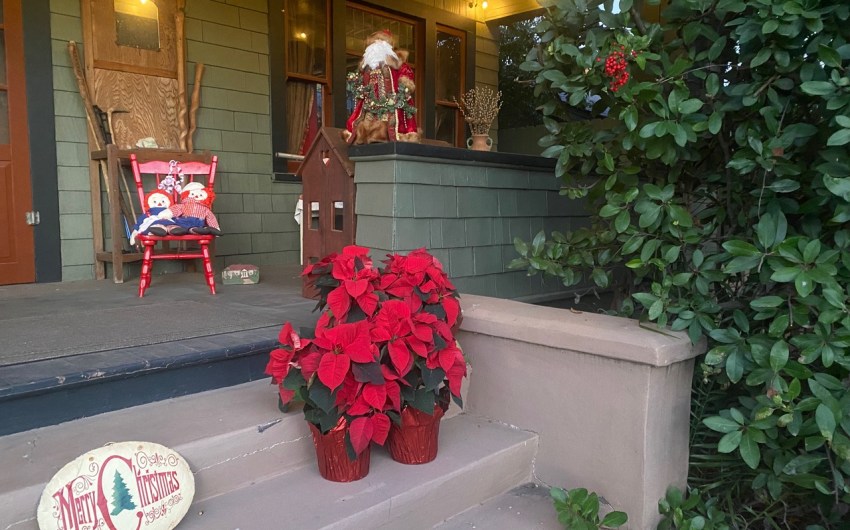












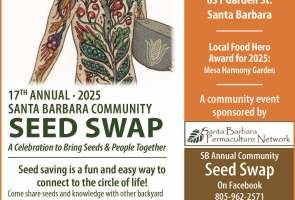
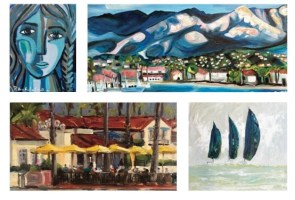

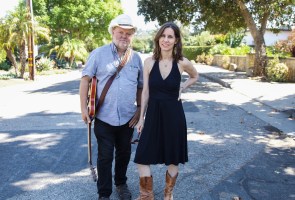





You must be logged in to post a comment.